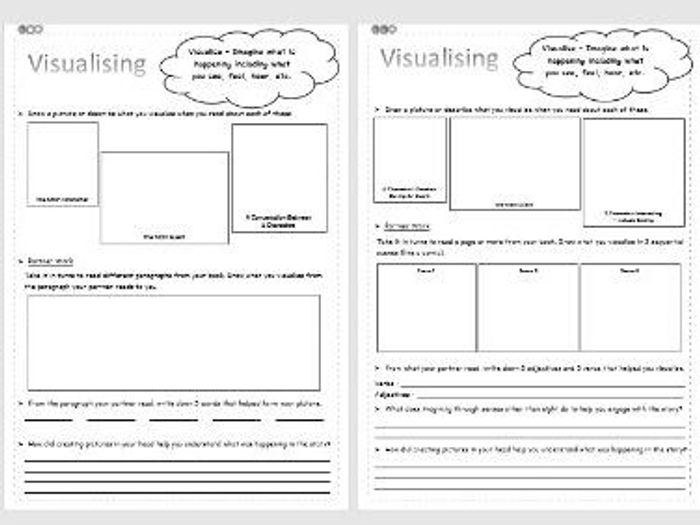

Flexibility and a high degree of professionalism are always essential. The visualization process must be appropriate to the client and tailored to their present needs. Ultimately, the above points are only guides. Over-sharing theories, causes, and reasons can be unhelpful. The client may pick up on verbal or nonverbal communication cues if you are being judgmental.Įncouraging the client to avoid negative images and feelings can be unhelpful (unless causing a high degree of upset) to the therapeutic process.Īvoid telling clients what they should experience and how they should feel. While it would be easy to become drawn into the client’s narrative, remain in your role as the guide. Try not to bias the client’s mental imagery. Inevitably, the visualization process will bring images to mind for the therapist that differ greatly from the client’s.

Instead, use questions such as, “Can you say more about that?” Bear in mind that this may be playing into the client’s (conscious or unconscious) strategies to avoid some aspects of the visualization. Hold back from encouraging the client to move on to the next part of the image. Once the image is chosen, let the client form their own interpretation. For example, mental pictures of a waterfall or climbing a steep mountain path may prompt entirely different responses. The image choice affects the visualization and yields different psychological insights. Create a therapeutic alliance based on mutual trust and respect. It’s purpose is to offer helpful guidance for the visualization process (Hall, Hall, Stradling, and Young, 2006):Ī client wants a therapist who is knowledgeable, experienced, and provides a sense of security and confidence. The following list contains best practices for visualization. Unlike some other framing images used, the path metaphor often changes considerably due to the dynamic nature of the subject (Thomas, 2016).īest Practices for Visualization in Therapy Such reflection is useful for the ongoing discussion.

How would you describe where you are in your journey through life? Ask them to consider the following question (modify as required):.Encourage the client to picture themselves on a path that represents where they are in their life.Ask the client to position themselves comfortably and close their eyes, taking a few slow, deep breaths to help them relax.Before you begin, introduce the image of a path as a metaphor for where clients see themselves on their journey through life.The following steps show how we can introduce the metaphor in therapy to explore where clients are in their lives and the obstacles they face (Thomas, 2016): The image is familiar in our day-to-day conversation, such as “she is back on track” or “he lost his way.” Performing visualization in therapyįor example, psychotherapist and academic Valerie Thomas (2016) uses the framing image of a path as a simple metaphor for life’s journey and living a purposeful life. 82).Įach image provides a focus and vehicle for the therapeutic dialogue and a bridge between rational and imaginational thinking. While visualization has many uses, it is typically used in therapy to facilitate treatment processes and represent aspects of the self (Thomas, 2016).įraming images provide conceptual metaphors, offering “deep level schemas or ‘experiential gestalts’ that cognitively restructure the individual’s perception of self and self in relation to the environment” (Thomas, 2016, p. And yet, psychological treatments, such as Cognitive-Behavioral Therapy (CBT), increasingly use mental imagery as a practical counseling approach for modifying and restructuring dysfunctional schemas (Thomas, 2016). Visualization Resources From ĭespite its long history, visualization is relatively under-represented in academic research.

Strategies for Kids: 2 Visualization Games.Can Visualization Exercises Help With Sleep?.4 Relaxation & Anxiety Visualization Exercises.3 Simple Visualization Techniques & Tools.Best Practices for Visualization in Therapy.


 0 kommentar(er)
0 kommentar(er)
